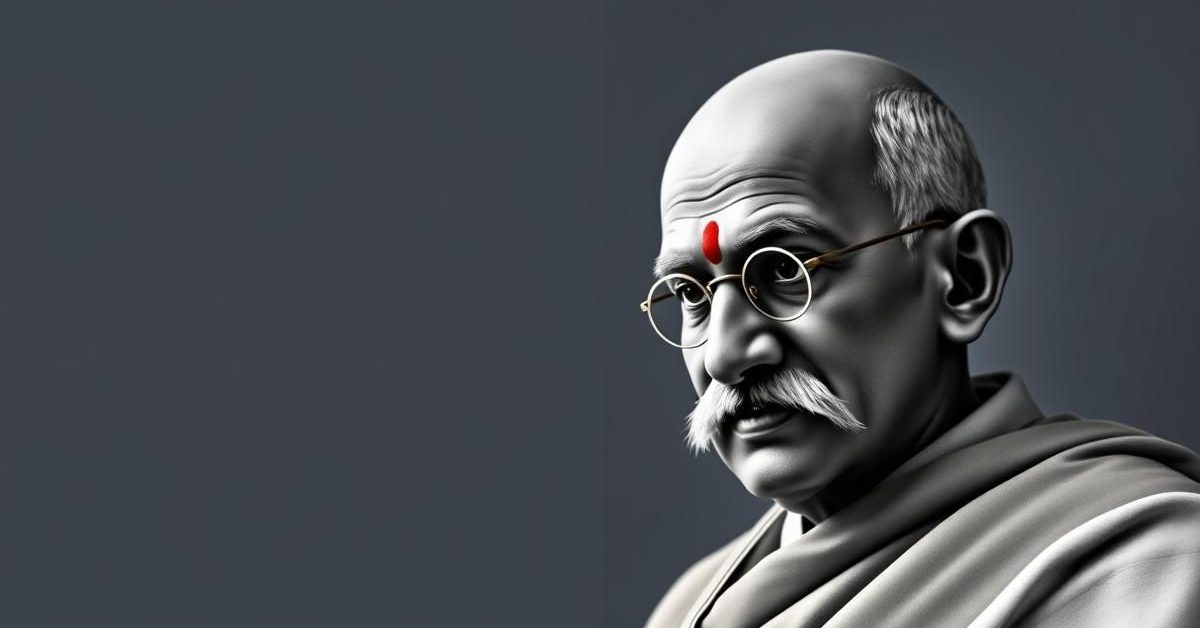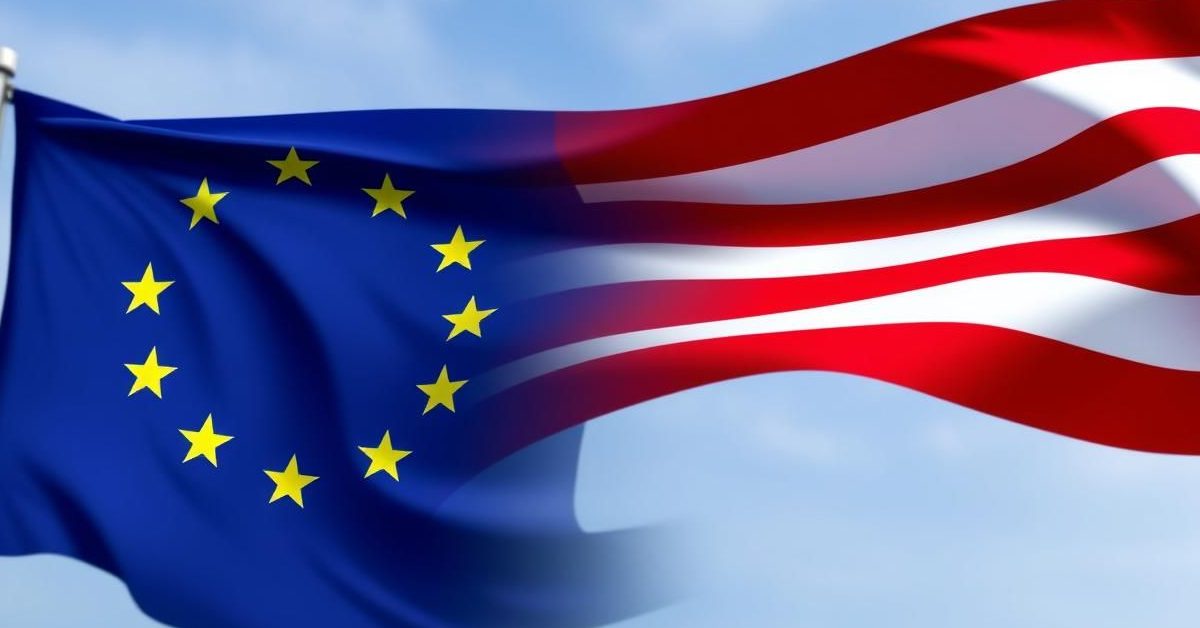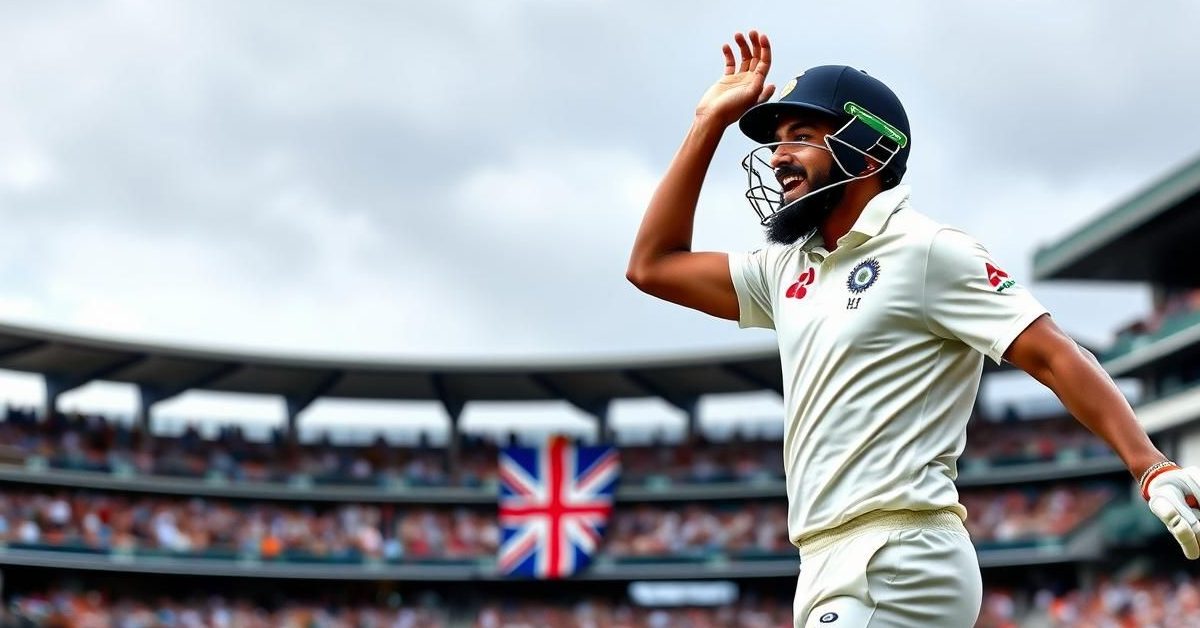Discover the immense contributions of Bal Gangadhar Tilak, a towering figure in India’s freedom struggle, and the transformative impact of the Non-Cooperation Movement led by Mahatma Gandhi.
Bal Gangadhar Tilak: The Architect of Indian Nationalism
Bal Gangadhar Tilak, revered as Lokmanya Tilak, passed away on August 1, 1920, leaving behind a legacy that continues to inspire. Born in 1856 in Ratnagiri, Maharashtra, he was hailed by Mahatma Gandhi as “the Maker of Modern India” and by Jawaharlal Nehru as “the Father of the Indian Revolution.”
A multi-talented lawyer, scholar, and journalist, Tilak joined the Indian National Congress in 1890. While initially advocating for reforms, his vision quickly evolved towards a complete overthrow of British rule, setting him apart from the moderates within the Congress.
Tilak was a master communicator, using his newspapers ‘Kesari’ (Marathi) and ‘Mahratta’ (English) to ignite nationalist fervor. He also authored significant works like ‘Geeta Rahasya’, ‘Orion’, and ‘The Arctic Home of the Vedas’, showcasing his profound scholarship and dedication to Indian heritage.
Unifying a Nation Through Culture
Recognizing the power of cultural unity, Tilak initiated public celebrations of the Ganpati festival in 1893. These gatherings transformed traditional worship into platforms for patriotic songs and nationalist discussions, bringing the freedom struggle closer to the common people.
In 1896, he launched the Shivaji festival, aiming to inspire young Maharashtrians with the valor of the Maratha warrior king. That same year, he organized a boycott of foreign cloth in Maharashtra, protesting British economic policies and promoting self-reliance.
While some criticized his approach for potentially introducing a communal element or his conservative views on social reforms, Gandhi himself acknowledged Tilak’s unparalleled commitment, stating, “No man preached the gospel of Swaraj with the consistency and the insistence of Lokmanya.”
Alongside Lala Lajpat Rai and Bipin Chandra Pal, Tilak formed the influential ‘Lal Bal Pal’ trio. This trio championed complete independence through more assertive means, leading to a significant ideological split within the Congress in 1907.
Tilak’s Battles with Sedition Law
Tilak faced sedition charges three times, resulting in two imprisonments by the British. His first conviction in 1897 stemmed from articles in ‘Kesari’ deemed disloyal, leading to a 12-month sentence.
His most notable trial occurred in 1908 after he defended revolutionaries involved in a bomb attack. Represented by M.A. Jinnah, Tilak was nonetheless sentenced to six years in Mandalay. During this trial, he famously chose to plead his own case, fiercely challenging the very concept of sedition.
Upon his release in 1914, Tilak immediately re-entered political life. He rejoined the Congress in 1916, played a crucial role in the Lucknow Pact with Muhammad Ali Jinnah to foster Hindu-Muslim cooperation, and co-founded the All India Home Rule League with Annie Besant. It was during this period, in Belgaum in 1916, that he famously declared, “Swaraj is my birthright and I shall have it.”
The Non-Cooperation Movement: A Nationwide Awakening
On August 1, 1920, Mahatma Gandhi launched the Non-Cooperation (Asahayog) Movement, marking a pivotal moment in India’s struggle for freedom. Its goal was to compel the British government to make concessions through widespread boycotts of legislative councils, courts, and schools, alongside other symbolic acts.
This movement was the first truly mass-based national campaign. However, its non-violent premise was tragically broken in February 1922 when a mob set fire to a police station in Chauri Chaura, killing several policemen. Gandhi, a staunch believer in non-violence, immediately called off the movement.
This decision surprised and angered many prominent leaders, including Jawaharlal Nehru, Motilal Nehru, C.R. Das, and Subhas Bose, who were then imprisoned. They expressed bewilderment at halting the struggle when it seemed to be gaining momentum. However, Gandhi steadfastly defended his decision, prioritizing non-violence above all else to prevent further bloodshed and maintain the moral high ground of the movement.
- Bal Gangadhar Tilak was a key extremist leader, journalist, and cultural revivalist.
- He propagated nationalism through festivals like Ganpati and Shivaji Utsav.
- Tilak faced multiple sedition trials for his outspoken criticism of British rule.
- The Non-Cooperation Movement, launched by Gandhi in 1920, was India’s first mass nationwide protest.
- The movement was abruptly called off by Gandhi after the Chauri Chaura violence, emphasizing his commitment to non-violence.
Both Lokmanya Tilak and the Non-Cooperation Movement represent crucial phases in India’s journey to independence, each contributing uniquely to the fabric of its freedom struggle.















